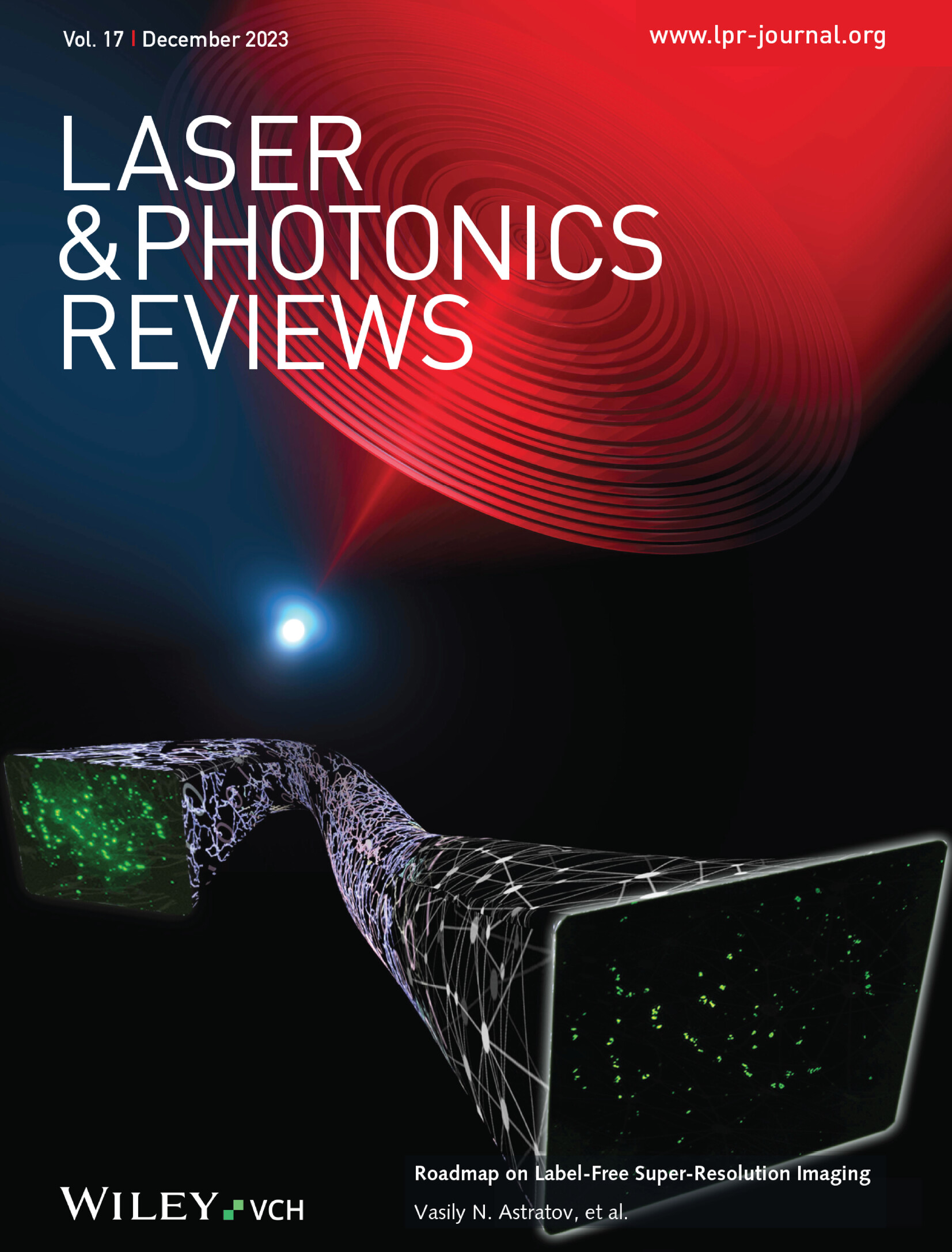Broadband and Reconfigurable Dual‐Mode Optical Switch with Low Power‐Consumption
IF 9.8
1区 物理与天体物理
Q1 OPTICS
引用次数: 0
Abstract
Mode‐division multiplexing (MDM) technology, as a new way to increase the communication capacity of a single wavelength carrier, has attracted increasing attention. As a fundamental building block for MDM communication systems, multimode optical switch is playing an important role for routing the increasingly complex network. However, it is still very challenging to achieve a multimode optical switch with high flexibility and low power‐consumption in a large bandwidth. Here, a 1 × 2 dual‐mode optical switch is proposed and experimentally demonstrated, where the E低功耗宽带可重构双模光开关
作为提高单波长载波通信容量的一种新方法,模式分复用(MDM)技术日益受到人们的关注。作为 MDM 通信系统的基本构件,多模光开关在路由日益复杂的网络方面发挥着重要作用。然而,要在大带宽条件下实现高灵活性和低功耗的多模光开关,仍然具有很大的挑战性。本文提出了一种 1 × 2 双模光开关,并进行了实验演示,其中 E11 和 E21 模式可从两个输出端口中的任何一个同时或单独切换输出,且功耗较低。对于所提出的双模光开关,三个非对称 Y 型结被用作模式(去)复用器,两个马赫-泽恩德干涉仪构成单模开关矩阵,一个 2 × 2 多模干涉仪被用作波导交叉。该器件采用简单的光刻和湿蚀刻方法制造。测量结果表明,该器件的驱动功率低于 8.4 mW,在 1500-1600 nm 波长范围内的串扰小于 -12.4 dB。通过实现制导模式间资源的动态控制,所提出的器件可以大大提高可重构 MDM 网络的灵活性和效率。
本文章由计算机程序翻译,如有差异,请以英文原文为准。
求助全文
约1分钟内获得全文
求助全文
来源期刊
CiteScore
14.20
自引率
5.50%
发文量
314
审稿时长
2 months
期刊介绍:
Laser & Photonics Reviews is a reputable journal that publishes high-quality Reviews, original Research Articles, and Perspectives in the field of photonics and optics. It covers both theoretical and experimental aspects, including recent groundbreaking research, specific advancements, and innovative applications.
As evidence of its impact and recognition, Laser & Photonics Reviews boasts a remarkable 2022 Impact Factor of 11.0, according to the Journal Citation Reports from Clarivate Analytics (2023). Moreover, it holds impressive rankings in the InCites Journal Citation Reports: in 2021, it was ranked 6th out of 101 in the field of Optics, 15th out of 161 in Applied Physics, and 12th out of 69 in Condensed Matter Physics.
The journal uses the ISSN numbers 1863-8880 for print and 1863-8899 for online publications.

 求助内容:
求助内容: 应助结果提醒方式:
应助结果提醒方式:


